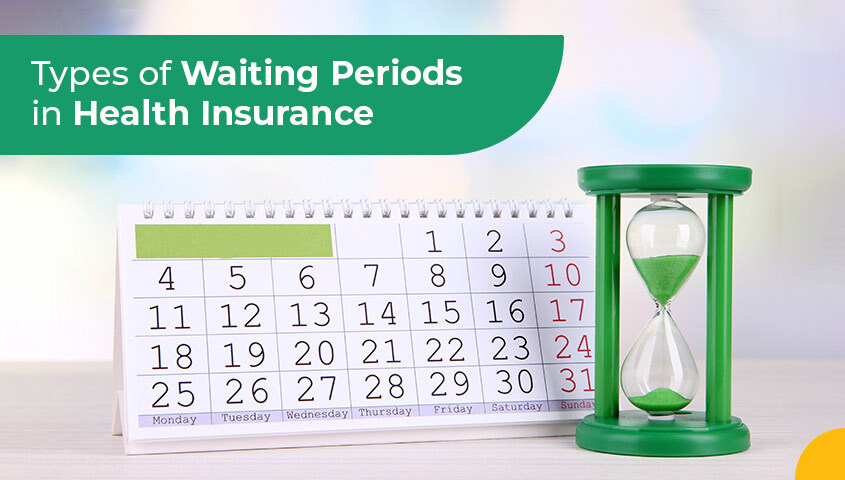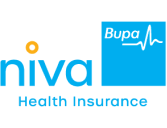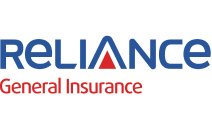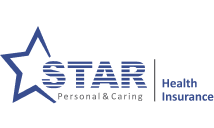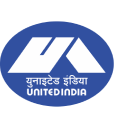
Buying a health insurance policy is important to face the rising medical costs. Thankfully, this awareness is slowly spreading across the Indian population and people are investing in health insurance plans for financial protection. However, when it comes to buying health insurance, buying the right policy is important so that the policy delivers on your expectations. Your health insurance checklist should, therefore, be backed by careful consideration and research.
For simplifying the health insurance purchase process, here is the essential checklist for choosing your insurance provider which can guide you to buy the right plan –
Choosing the right type of policy
Health insurance plans come in different variants. As such, the first step is to pick the right type of plan. Here are some tips to do so –
- If you don’t have health insurance coverage at all, buy a family floater health insurance plan.
- If you have a health plan but the coverage is low, you can opt for super top-up health insurance plans. These plans would help in increasing your coverage at affordable premiums
- Critical illness health insurance plans are also essential as they pay a lump sum benefit in a critical illness. Add these plans to your portfolio for added protection
Opt for an optimal sum insured
After deciding on the type of policy, the next step is to choose an optimal sum insured. Remember that the health plan would cover you only up to the chosen sum insured. Given the high medical expenses, a high sum insured is essential. If the high premiums make a high sum insured difficult to avail of, go for super top-up plans and supplement your coverage. Whatever you do, ensure that your coverage is sufficient to cover the expensive medical treatments.
Cover all the family members
The next step is to ensure that all family members are being covered under the health insurance policy. Don’t leave any member out. For parents, opt for a separate senior citizen policy. Do not include them in your family floater policy as it would drive up the premium and eat into the no claim bonus. Moreover, a separate plan would also give you additional tax benefits. So, buy a floater plan covering yourself, spouse and dependent children and another plan for your parents.
Check the coverage benefits
You should ensure that the health insurance plan has all the necessary coverage features that you and your family needs. If, for instance, you would are planning to have a child in the near future, ensure that the plan allows maternity coverage. Similarly, if there are frequent consultations and outpatient treatments, check for OPD coverage. The plan’s coverage benefits should suit your coverage requirements so that all possible medical costs get covered.
Also, health plans allow optional coverage benefits too called riders or add-ons. Check the riders available in the plan. If the riders are suitable to your needs, add them to your basic plan for an enhanced coverage. For example, if you want coverage against critical illnesses and the plan offers the critical illness rider, choose the rider and get covered against critical illnesses. Similarly, the maternity cover can also be offered as a rider which you can choose if you would be planning a family in future.
Check for coverage sub-limits
Many health plans impose a sub-limit or restriction on their coverage benefits. The most common example is the room rent sub-limit. These sub-limits restrict the scope of coverage and incur out-of-pocket expenses. So, check the sub-limits applicable under the plan. Try and avoid plans with sub-limits, especially in case of room rent. Except room rent sub-limit, if there are other limits in the plan, like limit on ambulance cost, domiciliary treatments, AYUSH coverage, etc., check the extent of such limits. The higher the limit, the wider would be the scope of coverage.
Check the no claim bonus and health check-up benefit
Health plans allow no claim bonus if no claim is made in a policy year. This bonus can either be an increase in the sum insured or a reduction in the renewal premium. Check the bonus allowed. Try and opt for cumulative bonus which increases the sum insured free of cost.
Moreover, free health check-ups are also allowed either annually or after 2-4 continuous years. Look for the limits of such check-ups and their frequency.
Check the hospital list
For cashless claims you need to take treatments in a networked hospital. So, when buying health insurance, consider the hospital network list. Ensure that the hospitals in your city and locality are featured on the list so that you can avail easy cashless settlements in emergencies.
Check the exclusions
Knowing what is covered under the plan is not enough. You need to know what is not covered as well. Check the exclusion list of the policy to find out what the policy won’t cover. Check the pre-existing waiting period, especially if you or any family member suffers from a pre-existing condition, to know when such conditions would be covered by the plan.
Compare the premium
Lastly, compare the premium charged by different health insurance plans when buying. Compare the premiums vis-à-vis the coverage benefits to ensure that you don’t miss out on the coverage while seeking out the lowest premium. Choose a plan which offers the widest scope of coverage at the lowest premium rate.
Tick off all the above-mentioned points when buying a health insurance policy. The checklist would ensure that you get a right policy which would cover you against medical eventualities. After all, if the plan is right, you get complete financial security, don’t you?







